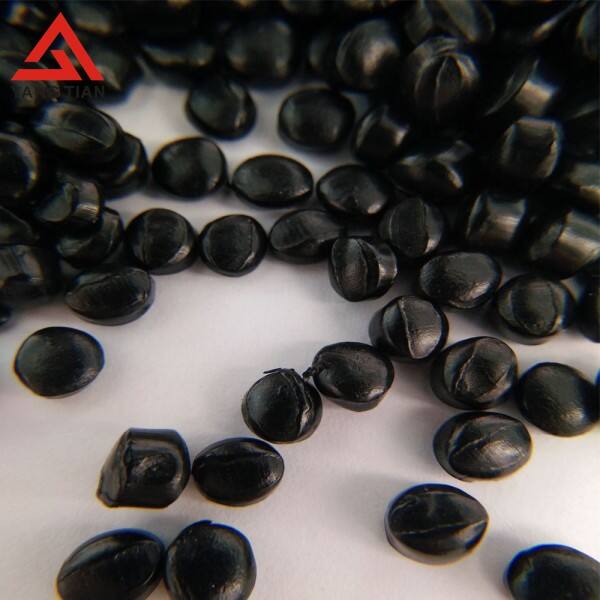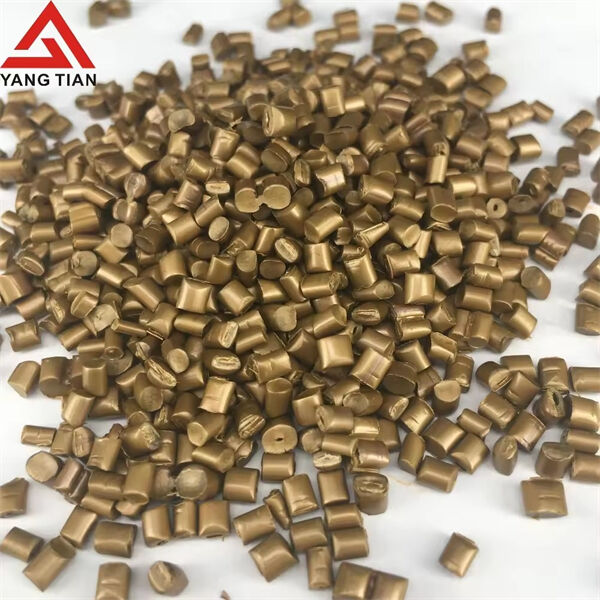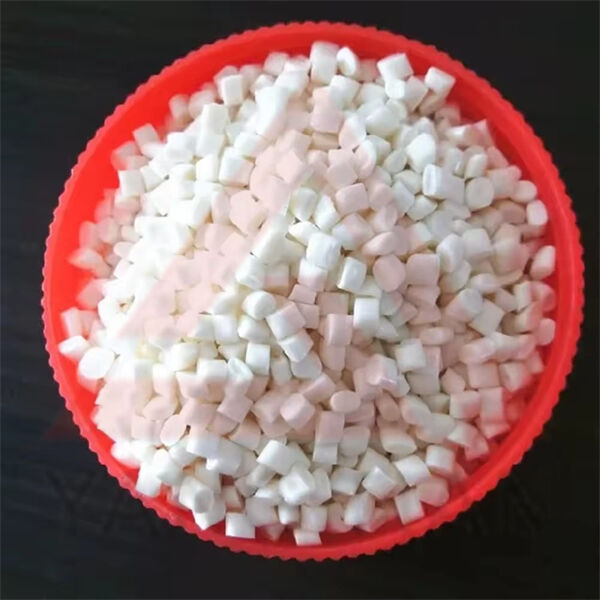Hello young readers! Have you ever considered where plastic is derived? While it may seem like magic that we have plastic things surrounding us, behind that magic is a journey. This article will tell you about the special building blocks that make up plastics, how are they made and how can we make plastic in a way that are better for the planet and our future.
Plastics are polymers made from different types of materials. Polymers are long chains made from small pieces called monomers, निर्देशन The building blocks of polymers are monomers, which can be used to build something larger, similar to how Lego blocks can be used. Ethylene, propylene, and vinyl chloride are among the most common monomers used to synthetically produce plastics. These monomers are sourced from natural gas, oil, and salt.
What we derive the monomers from these resources is further processed and converted into polymetric structures. It is known as polymerization. When you polymerize the monomers, you connect the monomers together, like you connect Lego pieces together to build a longer string. These monomers, when connected together, form long chains that are melted down and molded to create various types of plastic products we use on a daily basis: bottles, toys, containers, etc.
When you study all these plastics being a part of our life, you realize that they all have a long journey that starts from its natural source to the final products. First, these materials are extracted from its sources, which can be natural gas, oil, or salt. This is analogous to farmers harvesting crops from the field, although in this case, workers pick the materials from the ground.

Finally, the raw materials can be used to make plastic products and are brought to manufacturers. Those plastics are then fed into manufacturers who use them to create finished products — toys you play with, bottles you drink from. This whole journey is about how a natural resource becomes something you can find in your day-to-day life.

Certain kinds of plastic are super strong which helps to make products that are very tough and can stick around for ages. Consider your favourite toys or a rugged water bottle; they are made of hard plastic. (Ton, on the other hand, are stretchy and flexible plastics. These kinds can flex and bend but won’t break, which makes them ideal for squeeze bottles and bendable straws.

Better materials mean less of stuff like natural gas and oil that can run out. Rather than using our finite natural resources to produce these items, companies are discovering new innovative ways to manufacture plastic using renewable resources such as cornstarch and other plant-derivatives. These materials can be regrown, allowing us to continue to create plastic products without depleting our resources.